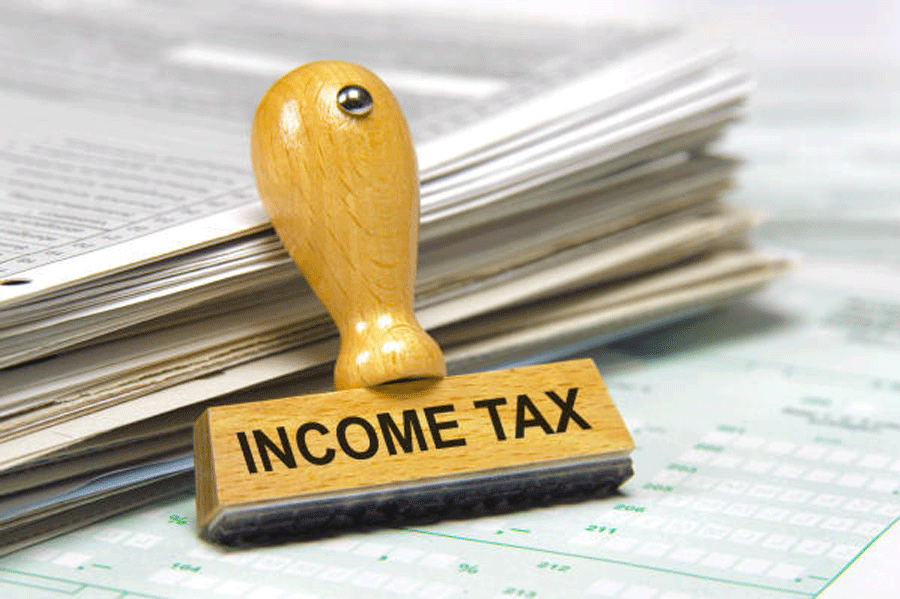Small tax demands up to Rs 1 lakh per assessee till Assessment Year 2015-16 will be waived within two months, the Central Board of Direct Taxes (CBDT) said on Monday.
The CBDT order lays down the details of the scheme announced in the last budget — which said tax demands for AY 2010-11 of up to Rs 25,000 and for AY 2011-12 to 2015-16 of up to Rs 10,000 will be withdrawn.
The limit of Rs 1 lakh would include the principal component in the tax demand, interest, penalty or fee, cess and surcharge.
The government will withdraw tax demands totalling about Rs 3,500 crore.
The CBDT order said that such outstanding tax demands about income tax, wealth tax and gift tax as of January 31, 2024, shall be remitted and extinguished “subject to the maximum ceiling of Rs 1 lakh for any specific taxpayer/assessee”.
The remission or extinguishment is not applicable on TDS or TCS demands but the tax liability arising from invocation of Section 2(24)(xviii) (subsidy or grant) is covered.
The Order also clarifies that the remission or extinguishment shall not confer any right to claim credit or refund.
It shall not affect criminal proceedings pending, initiated or contemplated against the assessee and shall also not confer any right to claim immunity under any law.
The CBDT can rectify any mistake apparent from the record arising on the execution of this Order.
Nangia Andersen India Partner Maneesh Bawa said: “Taxpayers are advised to access their online accounts and navigate to Pending Action Response to Outstanding Demand to verify the status of ‘Extinguished Demands’ related to them.”
Tax advocate Narayan Jain said: “The CBDT has clarified the scheme of granting remission and extinguishment of above outstanding tax demand up to the assessment year 2010-11 if each demand is up to Rs 25,000 and for the assessment year 2011-12 to 2015-16 if each demand is within Rs 10,000.
“It has also been clarified that the remission of demand shall be subject to the maximum ceiling of Rs 1 lakh.
“The demand entries for remission will come under various provisions of the Income-tax Act, 1961 or corresponding provisions, if any, of Wealth-tax Act, 1957 or Gift-tax Act, 1958.
“To be realistic, it would have been better if the outer aggregate limit for the remission of demand could be notified at Rs 2 lakh instead of Rs 1 lakh,” Jain said.
Rajat Mohan, executive director, MOORE Singhi, said: “This initiative not only eases the financial and administrative burden on individuals and businesses but also has the potential to iron out needless litigation on the direct tax front.”
Ved Jain, former ICAI president, said: “These demands are outstanding in the record of the IT department mainly on account of the transition from manual records to digital (computer ) data.
“Since the manual record was not updated despite in most of the cases demands having been paid by the taxpayers.
“After so many years taxpayers don’t have the evidence of payment and the tax department doesn’t have the record on the basis such demand was created. The number of taxpayers getting relieved is quite substantial. Even otherwise possibility of recovering these demands was very low,” Jain said.











